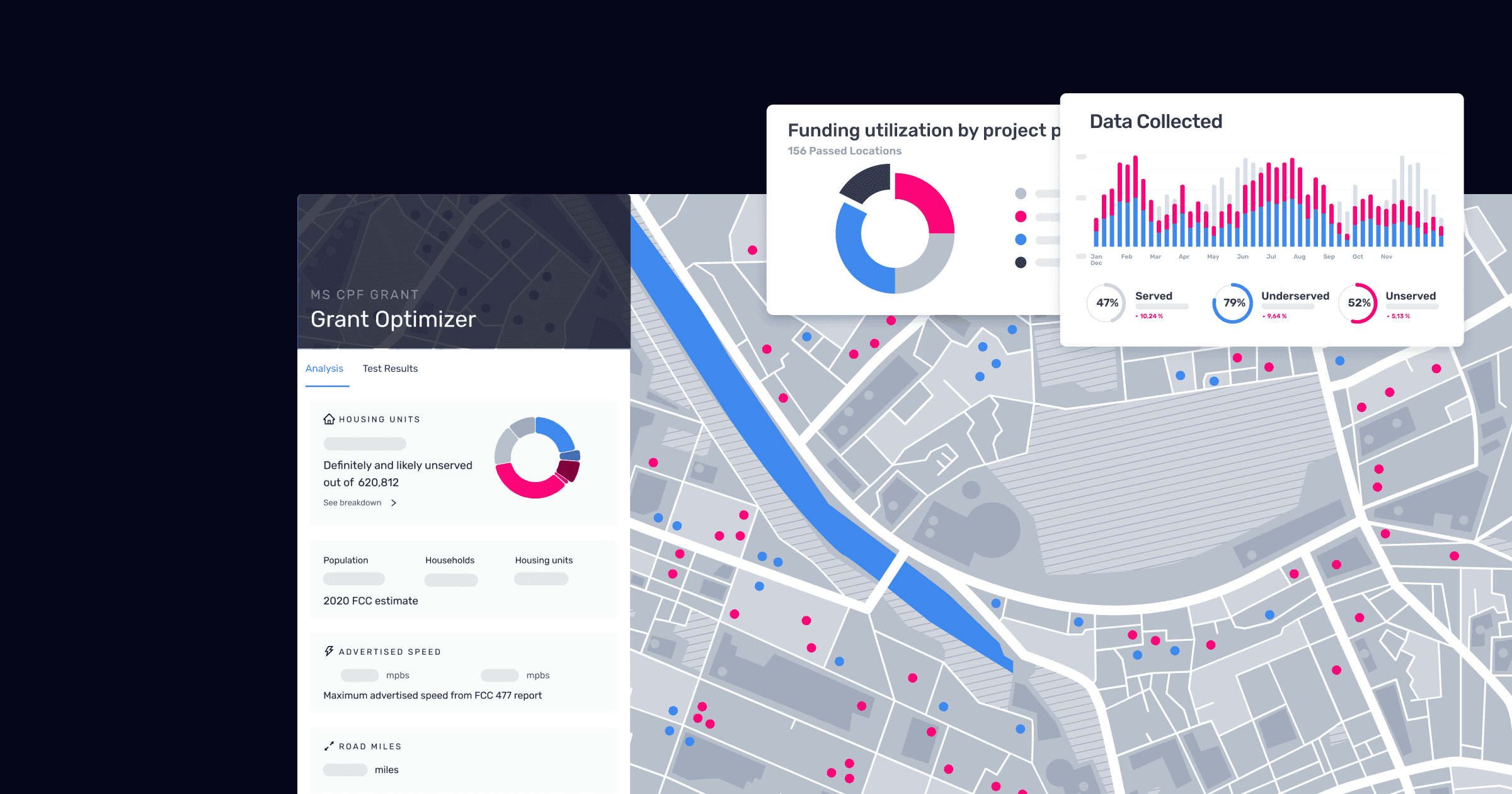
The BEAD showdown is on the horizon. Here’s what states must know
May 21, 2024
·
3 min read
In a matter of weeks, state broadband offices will be closing their challenge processes and gearing themselves for the BEAD final showdown. Applications from providers, large and small, for their slice of its state’s BEAD allocations will be pouring into offices for review.
State broadband offices must remember that access for all is a math problem that requires calculation rather than adjudication. More specifically, it’s a geospatially constrained optimization problem that evolves daily and is riddled with lies, threats and broken promises.
State broadband directors = heroes
Directors must become heroes for their process which will be riddled with attacks and threats throughout the entire process. They must be able to defend their office’s credibility when challenged which will be inevitable.
Monopoly interests are incentivized to lie, steal and cheat as they have done in the past. State broadband offices must remain data-driven to ensure that the country’s largest and arguably last investment in broadband infrastructure brings a legacy of success.
States must also ensure that their calculation process incorporates a math-based foundation for taking action if providers get off track and quickly rewards providers who meet established requirements.
State broadband directors interested in a legacy of data-driven success by calculating should follow the below steps:
Your application process is opening soon. Here’s what states should be doing.
For starters, it’s time to confront the math that access for all will be impossible for most states without massive optimization.
Optimization provides an opportunity for state broadband offices to create defensible scenarios for qualifying locations. This will prove to be an essential need for states whether they’re using pre-defined project areas, political boundaries or provider-defined boundaries. States must be sure to keep as many options on the table. High-cost areas, for instance, could be served by low-latency LEO satellite rather than fiber to maximize cost savings.
Ready Grant Optimizer offers a one-stop solution for states to model target areas of broadband grant investment dollars with precision using dozens of data sets. Using the Grant Optimizer, states can receive existing fiber data and model networks across the state to connect every home using the optimal blend of fiber and wireless to reach connectivity for all. The Grant Optimizer additionally can draw project areas across the state optimized for ROI, or return on investment, to ensure that high cost projects aren’t left abandoned. This tool is 100% compliant and follows both NTIA and FCC guidelines, but also configurable to your state’s goals and policies regarding BEAD and other program allocations.
It’s time to accept applications.
During the application process, states will process and compare hundreds of different applications that have conflicting project boundaries, varied technology and unit economics. States must be able to score the different attributes in an objective, fair, and defensible manner. Generic application solutions cannot capture the nuances of this process.
Ready’s applicant portal, which is included in Ready’s Grantor Platform, provides an easy-to-use interface for applicants applying for funds and for state broadband offices scoring applications. The portal is built to your state’s programmatic requirements with numerous features, including project area deduplication tools and collaborative workflows for your auditors, engineers and consultants. The portal also features embedded scoring rubrics to maintain the system of record and ensure a smooth transition of data from the application phase to the reporting and compliance phase in a NTIA and fabric compliant manner.
A strong applicant portal ensures that all applicants, regardless of size, have equal opportunity to win grant funding and that states can make fair and informed comparisons of applicants.
You’ve received all your applications. What comes next?
Upon closing of the application window, the first step to successful evaluations is automating repetitive tasks, such as reporting and compliance.
States must be sure to establish a robust reporting and compliance system that can securely collect adequate evidence on broadband deployment, grant compliance and other areas that must be reported to NTIA and other stakeholders.
Ready ARC, or Automated Reporting and Compliance, is a fully-compliant tool allowing for state broadband offices to track BEAD deployments in real time, including monitoring sub-grantee processes and securing progress updates. It also incorporates source-of-truth data, such as Proof of Passings, rather than forcing offices to rely on provider self reporting. States can use Ready ARC to publish transparent maps to track releases, collect information automatically and prevent states from relying on self reporting.
Remember what’s at stake
State broadband offices know what’s at stake for families relying on them to bring affordable, reliable broadband. Broadband access closes not only the digital divide, but can close divides in education, healthcare and culture that brings all of us together.
BEAD is the country’s largest and arguably last major investment in broadband. It’s an opportunity that neither states nor providers can afford to be left behind.

